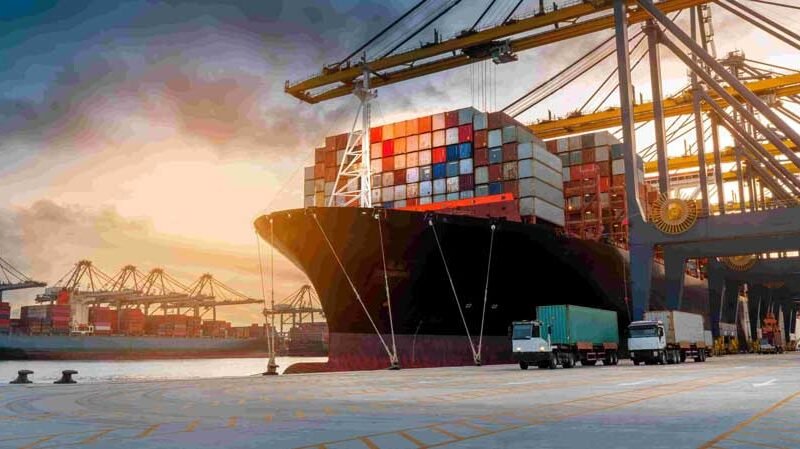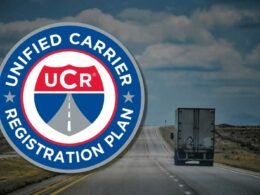In the complex world of global logistics, ocean transportation remains one of the most economical and widely used methods of moving goods across continents. However, with rising fuel costs, fluctuating freight rates, and evolving regulatory requirements, shippers are constantly seeking ways to reduce their transportation costs without exposing their businesses to undue risk.
This guide explores practical, low-risk strategies that companies can implement to cut costs in ocean transportation while maintaining supply chain integrity and service quality.
-
Consolidate Shipments for Better Efficiency
One of the most effective ways to cut costs in ocean transportation is through consolidation. Small shipments, especially Less-than-Container Load (LCL) shipments, often result in higher per-unit costs due to shared container space and handling fees. Consolidating multiple smaller shipments into a Full Container Load (FCL) offers:
- Lower per-unit freight costs
- Reduced handling fees
- Streamlined customs processing
Consolidation can be achieved by scheduling regular shipments, forecasting demand more accurately, and working closely with suppliers and freight forwarders.
-
Optimize Container Utilization
Maximizing the use of container space is a cost-saving tactic often overlooked. Unused container space equates to wasted money. Optimizing how goods are packed and arranged—known as container loading optimization—can result in significant savings.
Tactics include:
- Using software for 3D load planning
- Training warehouse staff on efficient packing methods
- Standardizing packaging sizes where possible
This approach reduces the number of containers needed, directly decreasing ocean transportation expenses.
-
Choose the Right Incoterms
Incoterms (International Commercial Terms) define responsibilities between buyers and sellers. Selecting the right Incoterms for your business can provide better cost control and reduce surprises.
For instance:
- FOB (Free On Board)gives buyers more control over the freight cost and allows for better negotiation with carriers.
- CIF (Cost, Insurance, and Freight)may seem convenient, but it includes built-in margins from suppliers.
Understanding and negotiating Incoterms helps ensure you aren’t overpaying for transportation services.
-
Leverage Long-Term Carrier Contracts
While spot rates may seem attractive during a market downturn, they can spike unexpectedly. Long-term contracts with reliable ocean carriers provide:
- Predictable costs
- Protection from market volatility
- Priority space allocations during peak seasons
By fostering strong relationships with carriers and negotiating volume-based discounts, shippers can lock in better rates and secure consistent service.
-
Use Freight Forwarders Strategically
Freight forwarders are intermediaries who can negotiate competitive rates due to their volume of shipments. Working with reputable forwarders can help reduce administrative burdens and provide access to:
- Consolidated shipping options
- Multi-modal transportation planning
- Customs expertise
However, over-reliance on a single forwarder can limit flexibility. Periodic benchmarking and having backup forwarders ensure competitive pricing and resilience.
-
Digitize Supply Chain Operations
Technology is a key enabler in reducing costs and improving visibility. Adopting digital tools for tracking, documentation, and communication can streamline operations and reduce human error.
Some valuable digital enhancements include:
- Transportation Management Systems (TMS)to optimize routing and booking
- Blockchain platformsfor secure and transparent documentation
- Real-time tracking toolsfor improved visibility and exception handling
The result is a more responsive and cost-efficient ocean transportation operation.
-
Improve Demand Forecasting and Planning
Poor planning leads to rush shipments, excess inventory, and storage fees. Accurate demand forecasting helps avoid such costly issues. By aligning sales, inventory, and supply chain planning, businesses can optimize shipment sizes, avoid air freight upgrades, and better align with vessel schedules.
Advanced analytics and historical data analysis can help refine forecasts, ensuring smoother operations and reduced ocean freight expenses.
-
Evaluate Port Selection and Routing
Not all ports and routes are created equal. Some ports may have lower handling fees, faster customs clearance, or better proximity to final destinations. Analyzing alternate ports and optimizing routing can result in:
- Shorter transit times
- Lower inland transportation costs
- Reduced port congestion fees
For example, shifting from a congested major port to a smaller nearby port with efficient rail links can cut costs significantly without compromising delivery times.
-
Monitor and Audit Freight Invoices
Freight invoice errors are surprisingly common and can inflate costs unnecessarily. Implementing a regular audit process ensures that you only pay for services actually rendered.
Key areas to audit:
- Duplicate billing
- Incorrect rates or surcharges
- Unjustified detention/demurrage fees
Using third-party audit firms or software can automate this process and uncover hidden savings in your ocean transportation budget.
-
Reduce Demurrage and Detention Charges
Delays in container pickup or return can lead to demurrage and detention fees, which accumulate rapidly. Avoid these fees by:
- Coordinating with warehouses and drayage providers for timely pickup
- Pre-clearing customs, where possible
- Monitoring free-time limits and planning returns accordingly
Negotiating extended free time in contracts or using flexible third-party logistics providers can further reduce these penalty costs.
-
Embrace Green Shipping Practices
Sustainability initiatives can yield cost benefits. For instance:
- Slow steaming(reducing vessel speed) lowers fuel usage and emissions and often translates to lower freight rates.
- Using eco-friendly packagingcan reduce weight and shipping costs.
- Collaborating in cargo poolinginitiatives can reduce the carbon footprint and shipping expenses.
In many cases, greener practices align with both cost savings and corporate responsibility goals.
-
Train Your Team and Foster a Cost-Conscious Culture
Knowledgeable employees make smarter, cost-effective decisions. Investing in training for your logistics, procurement, and supply chain teams ensures everyone understands:
- The cost implications of shipping choices
- Best practices in freight booking and documentation
- Risk management and compliance essentials
A cost-conscious culture encourages teams to continuously seek improvements in ocean transportation efficiency.
-
Build Supply Chain Resilience
Cost savings should not come at the expense of risk. To ensure you don’t compromise service levels while cutting costs:
- Diversify carriers and routesto reduce dependency on any single vendor
- Maintain safety stockof critical items to cushion against shipping delays
- Monitor geopolitical and environmental risksthat could impact maritime routes
Balancing efficiency with risk management ensures long-term cost savings without jeopardizing business continuity.
Final Thoughts
Cutting costs in ocean transportation doesn’t have to mean compromising on quality, speed, or reliability. By focusing on strategic planning, leveraging technology, and maintaining strong partnerships with carriers and forwarders, businesses can achieve significant savings without increasing their exposure to risk.
As global trade continues to evolve, businesses that proactively manage their ocean transportation costs will gain a competitive edge. Whether you’re a seasoned importer or just expanding into international markets, adopting these cost-saving strategies can enhance profitability and resilience across your supply chain.










